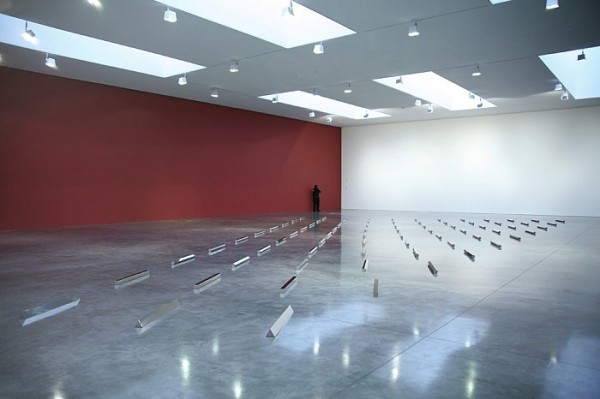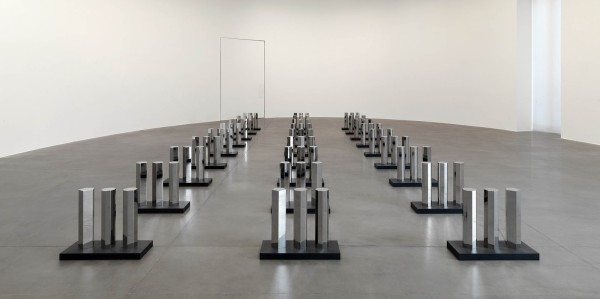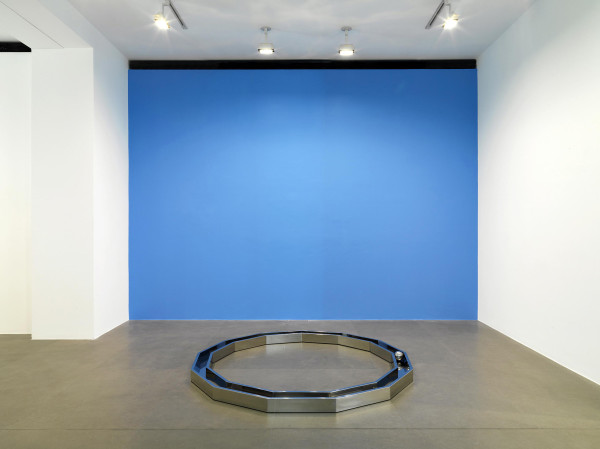Walter de Maria
Saturday, 18 January 2014
Work from his oeuvre.
“…He was best known for large-scale outdoor works that often involved simple if rather extravagant ideas or gestures: a SoHo loft filled with two feet of earth, for example, or a solid brass rod two inches in diameter and one kilometer long driven into the ground in Kassel, Germany, so that only its smooth top was visible (a work consistent with an artist who once noted that “the invisible is real”).
In other works Mr. De Maria favored shiny metals and pristine floor-hugging geometric forms that were often repeated in great numbers. Early in his career, he earned the unwavering admiration of a German art dealer, Heiner Friedrich, who went on to become the founding director of the Dia Art Foundation in New York. Dia was dedicated to enabling a handful of mostly Minimalist artists realize ambitious, permanent, pilgrimage-like projects, and Mr. De Maria became one of its leading beneficiaries. The foundation financed four of his best known site-specific pieces and continues to maintain them.
The most famous is “The Lightning Field,” which opened in 1977 in western New Mexico after several years of trial-and-error construction. The work is a grid of 400 stainless steel poles averaging 20 ½ feet in height and spaced 220 feet apart covering an area 1 kilometer by 1 mile.
The possibility that lightning would strike the poles was rarely fulfilled, but the piece could look glorious at dawn or sunset, and its hard-won perfection — all the points of the poles were at the same level — brought a striking sense of order to the desert.
Another work that opened in 1977 was Mr. De Maria’s “New York Earth Room,” also a Dia project, which consists of a 3,600-square-foot loft at 141 Wooster Street in SoHo filled with 22 inches of dark loamy earth (specially treated so that nothing is supposed to grow in it). The piece, which recreates one the artist first executed in Munich in 1968, exudes a slightly moist, muffling atmosphere and affords a sight so surreally, deliriously startling as to be simultaneously ridiculous and sublime….” – New York Times



